 ‘Four things to see this week’ is sponsored by Bloomberg Connects, the free arts and culture app. Bloomberg Connects lets you access museums, galleries and cultural spaces around the world on demand. Download the app here to access digital guides and explore a variety of content.
‘Four things to see this week’ is sponsored by Bloomberg Connects, the free arts and culture app. Bloomberg Connects lets you access museums, galleries and cultural spaces around the world on demand. Download the app here to access digital guides and explore a variety of content.
Each week we bring you four of the most interesting objects from the world’s museums, galleries and art institutions, hand-picked to mark significant moments in the calendar.
In 1946, in the aftermath of the Second World War, Winston Churchill delivered a speech to a college in Missouri that invoked a deep fear and suspicion of communism in the West. He declared that ‘From Stettin in the Baltic, to Trieste in the Adriatic, an iron curtain has descended across the continent.’ For many, this was the start of the Cold War.
The conflict was defined by the fact that both sides – the Western bloc and the Eastern bloc – held nuclear warheads. In an essay of 1945, George Orwell coined the term ‘Cold War’ to refer to the stalemate that had arisen between ‘two or three monstrous super-states, each possessed of a weapon by which millions of people can be wiped out in a few seconds’.
Encompassing the Korean War and the Cuban Missile crisis, many years of McCarthyism, countless atrocities and the toppling of powerful dictators, the Cold War eventually came to an end in 1991 after a thaw in relations between Ronald Reagan and Mikhail Gorbachev and a number of peaceful protests, including the Pan-European picnic of 1989, which formed part of a chain of events that ultimately led to the ‘fall’ of the Berlin Wall on 9 November 1989.
Three decades on, we take a look at how this turbulent period has been captured through art and objects selected from museum collections across the globe.
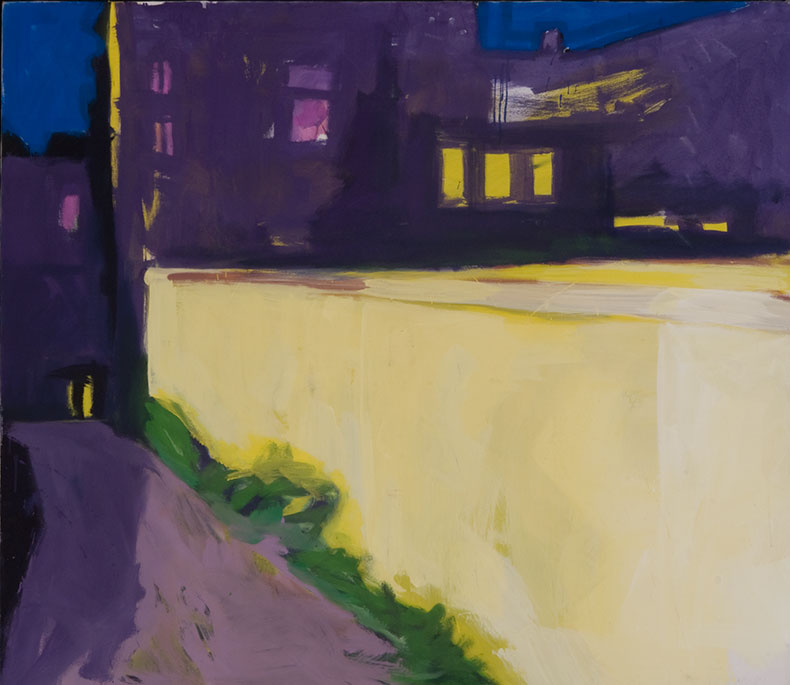
Yellow Wall (Luckauer Straße/Sebastianstraße) (1977), Rainer Fetting. Berlinische Galerie, Berlin. © Rainer Fetting
1. Yellow Wall (Luckauer Straße / Sebastianstraße) (1977), Rainer Fetting
Berlinische Galerie, Berlin
In this painting from 1977, Rainer Fetting depicts the Berlin Wall as a glowing yellow panel. In doing so, he subverts the threat of the structure, which was built to reinforce divisions, and reimagines it as part of the urban fabric that houses the nightlife and countercultural scene of which the artist was part. Click here to find out more.
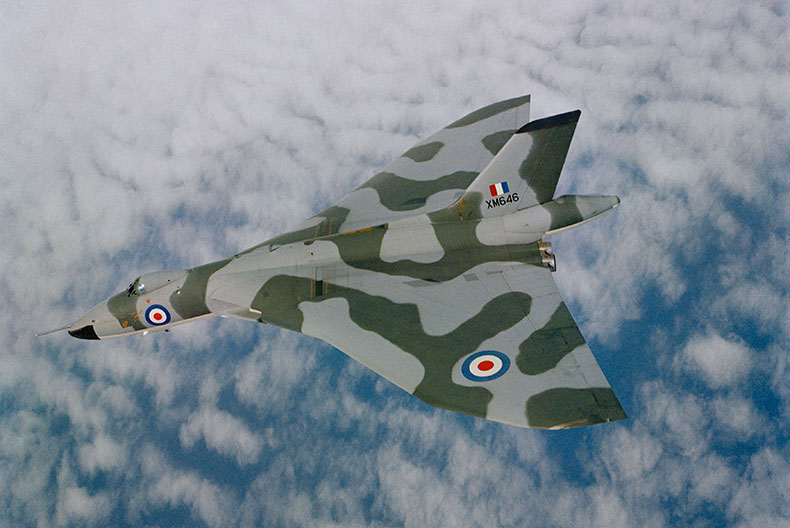
An Avro Vulcan B2 (1965). Imperial War Museum, Duxford. Photo: © IWM RAF-T 5730
2. Avro Vulcan B2 (1965)
Imperial War Museum, Duxford
The Vulcan jet was designed by the Royal Air Force to transport Britain’s nuclear deterrent should it have been needed. The aircraft was also used in the Falklands campaign of 1982. On selected days, visitors to the Imperial War Museum in Duxford, can enter the cockpit of this ‘strategic bomber’. Click here to find out more on the Bloomberg Connects app.
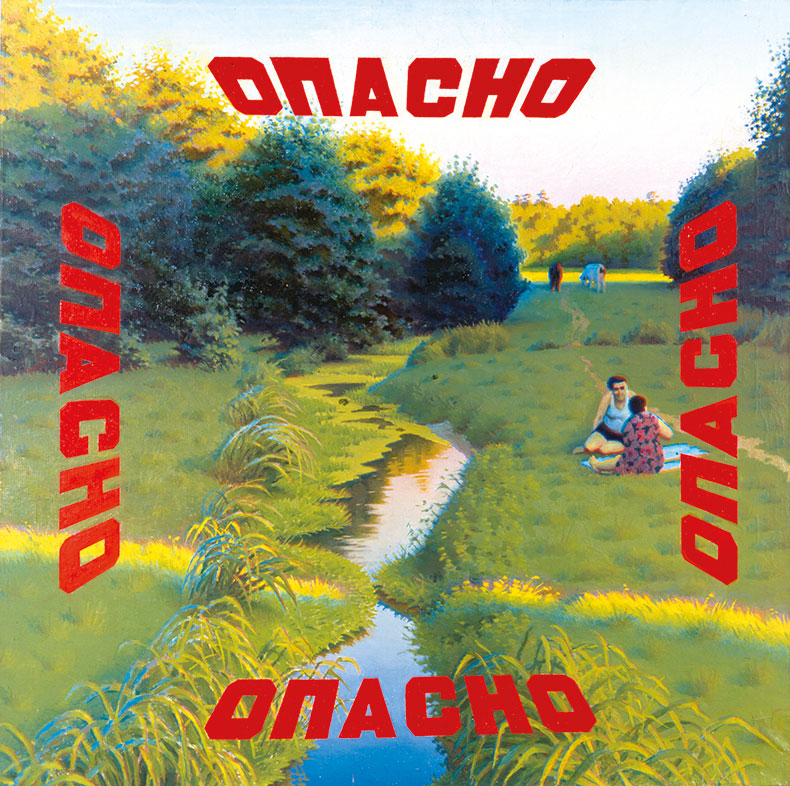
Danger (1972–73), Erik Bulatov. Zimmerli Art Museum, New Brunswick
3. Danger (1972–73), Erik Bulatov
Zimmerli Art Museum, Rutgers University
Works that fall into the category of socialist realism can often be recognised, perhaps ironically, by their idealism. Whether celebrating the worker’s emancipation under socialism or celebrating Stalin and Lenin, such paintings tend to feature ruddy-cheeked children enjoying the Soviet Union’s natural bounty, with an abundance of red tones. In this work, the Russian artist Erik Bulatov complicates these stereotypes by overlaying the word ‘Danger’ on to an idyllic picnic scene. Click here to find out more
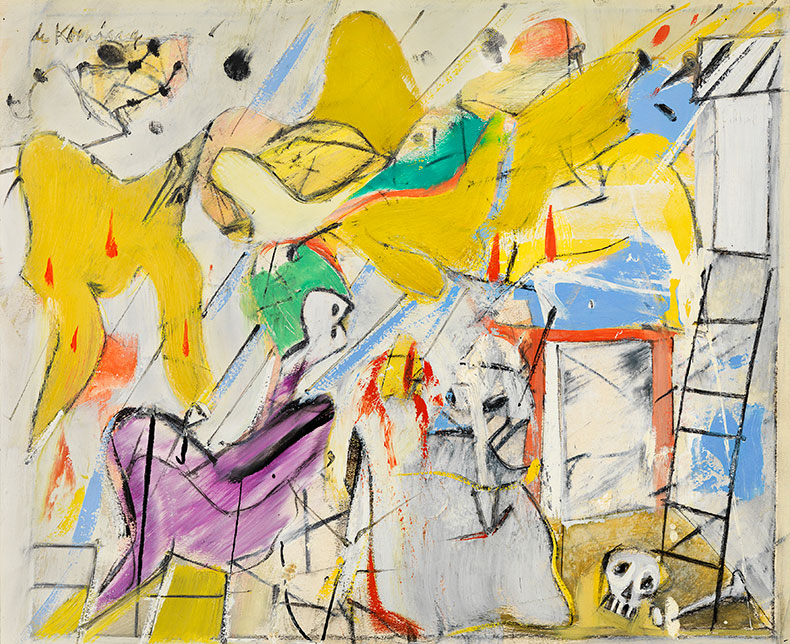
Abstraction (1949–50), Willem de Kooning. Museo Nacional Thyssen-Bornemisza, Madrid
4. Abstraction (1949–50), Willem de Kooning
Museo Nacional Thyssen-Bornemisza, Madrid
It is now well known that the CIA funded and promoted the Abstract Expressionist movement – mostly through touring exhibitions and magazines – as part of its Cold War strategy. Works of art by Willem de Kooning, Jackson Pollock, Mark Rothko et al. were held up as bastions of liberal creativity and individual success, a counter to what was seen as the rigid style of socialist realism in the East. Click here to find out more.
Download now
![]() ‘Four things to see this week’ is sponsored by Bloomberg Connects, the free arts and culture app. Bloomberg Connects lets you access museums, galleries and cultural spaces around the world on demand. Download the app here to access digital guides and explore a variety of content or scan the QR code.
‘Four things to see this week’ is sponsored by Bloomberg Connects, the free arts and culture app. Bloomberg Connects lets you access museums, galleries and cultural spaces around the world on demand. Download the app here to access digital guides and explore a variety of content or scan the QR code.
Unlimited access from just $16 every 3 months
Subscribe to get unlimited and exclusive access to the top art stories, interviews and exhibition reviews.

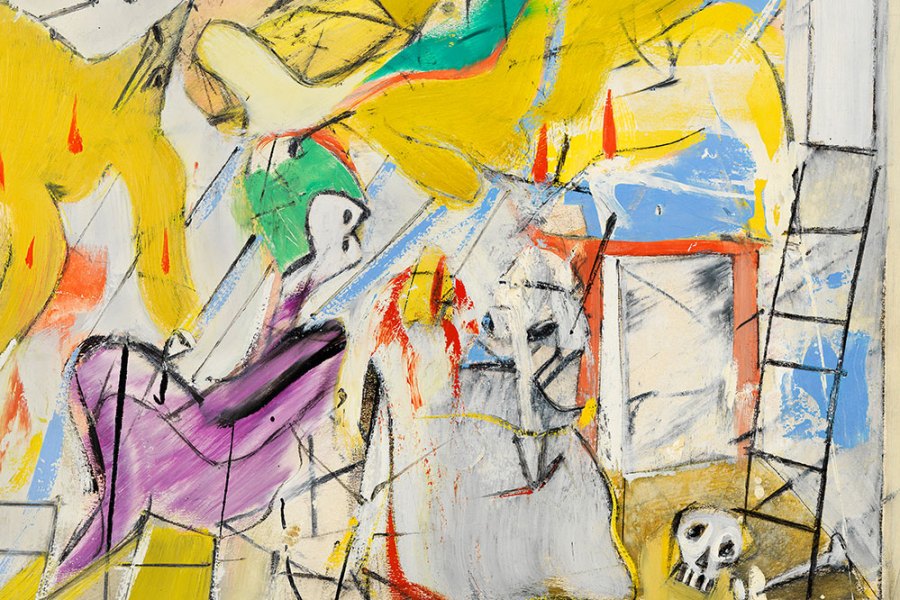
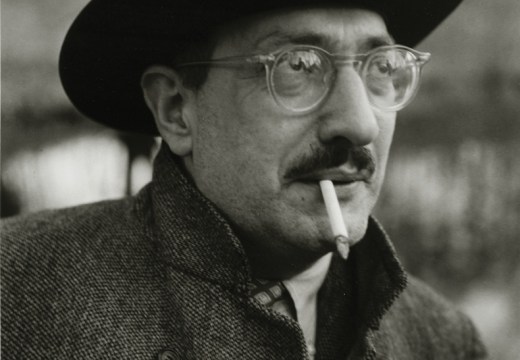
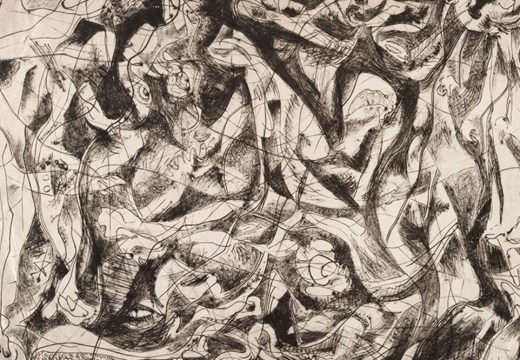
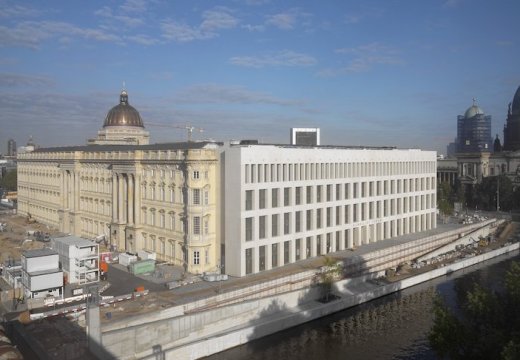









![Masterpiece [Re]discovery 2022. Photo: Ben Fisher Photography, courtesy of Masterpiece London](http://www.apollo-magazine.com/wp-content/uploads/2022/07/MPL2022_4263.jpg)
It’s time for the government of London to return to its rightful home